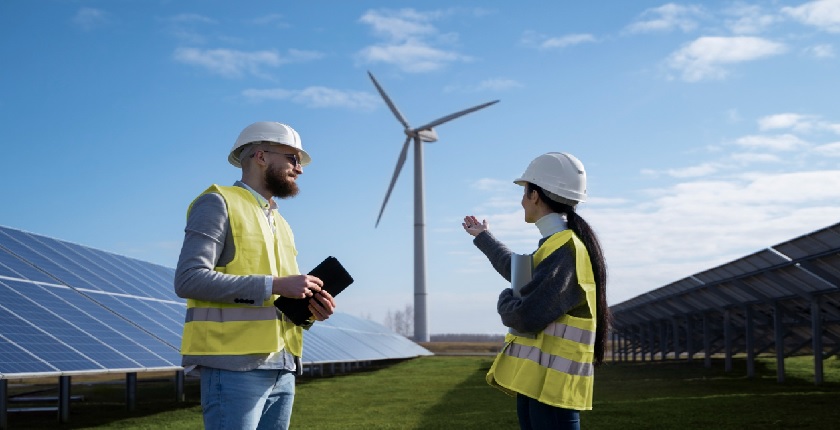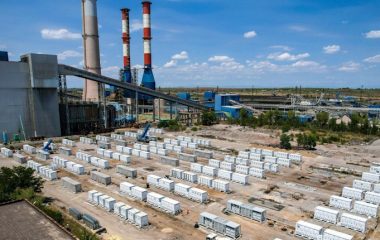
Photo: freepik.com
The Greek Ministry of Environment and Energy submitted its new bill of law to parliament with measures for renewable energy and battery energy storage.
One of the most important changes is that the installation of a behind-the-meter battery in photovoltaic plants would benefit from a fast-track licensing procedure. It concerns projects that have become operational after July 4, 2019, as well as the ones that acquired connection terms. The batteries need to have at least one hour of operation at the plant’s maximum capacity to be included.
Remuneration would be calculated according to the hourly price in the day-ahead market (DAM), for quantities delivered to the grid. On the other hand, the framework wouldn’t include any subsidies.
This way, the ministry aims to add 1.5 GW to 2 GW of storage on top of 1 GW of standalone battery installations awarded through auctions. Battery systems can also be installed in decommissioned lignite power plants, to support the system with up to 450 MW in total.
Greece’s goal is to reach about 3.5 GW in battery storage by 2030 to support its ever-increasing renewables fleet.
So far, the first two auctions for standalone batteries have been completed and the third one is expected by the end of this year. According to Independent Power Transmission Operator (IPTO), connection terms have been issued for 18 units, with an overall capability of 651.3 MW. In total, 321 energy storage projects around the country have applied to IPTO for connection terms.
Boost for floating photovoltaics, small renewables units
Other changes brought by the proposed law include pilot projects for floating photovoltaics in artificial lakes. Units can be up to 8 MW each, for a total of 80 MW.
Last but not least, grid space would be allocated for small hydropower and biomass plants and small wind turbines, to diversify the renewables mix within the distribution network.


















Be the first one to comment on this article.